Crusading Ideas and Fear of the Turks in Late Medieval and Early Modern Europe. Textes en français et anglais
Extraits
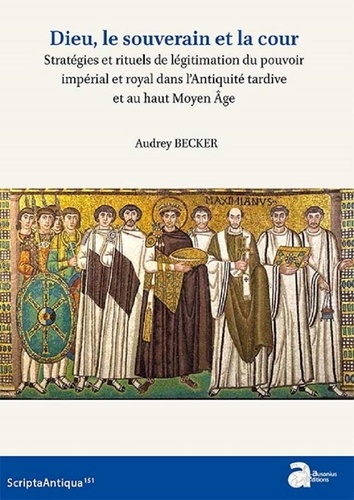
Histoire antique
Dieu, le souverain et la cour. Stratégies et rituels de légitimation du pouvoir impérial et royal dans l’Antiquité tardive et au haut Moyen Âge
03/2022
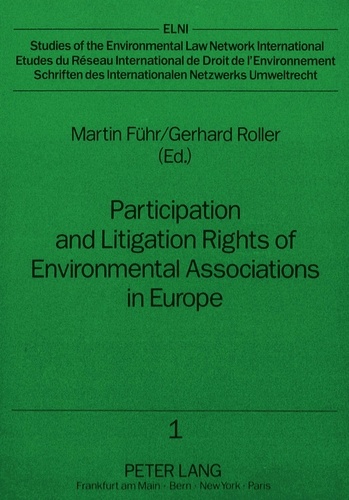
Non classé
Participation and Litigation Rights of Environmental Associations in Europe
10/1991
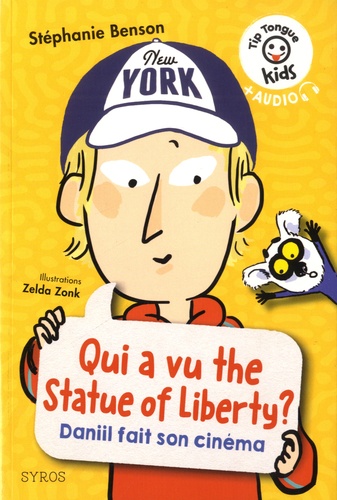
Lectures bilingues
Qui a vu the Statue of Liberty ? Daniil fait son cinéma, Textes en français et anglais
02/2022
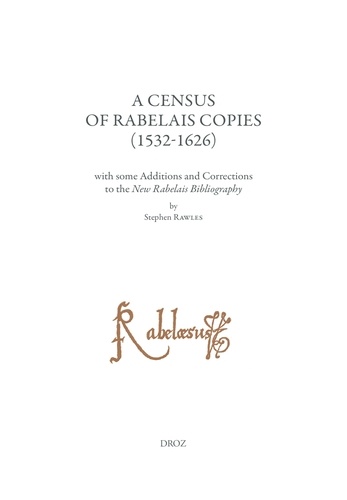
Biographies
A Census of Rabelais Copies (1532-1626) with some Additions and Corrections to the New Rabelais Bibliography. Etudes rabelaisiennes, tome LXII
03/2024
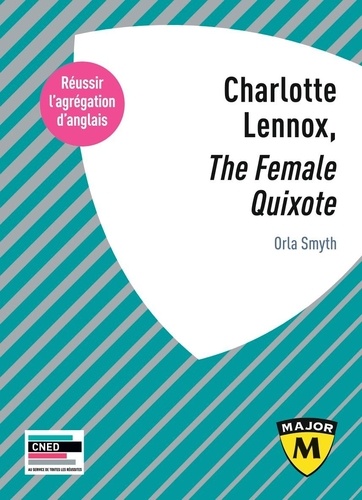
Divers
Charlotte Lennox, "The Female Quixote". Agrégation d'anglais, Edition 2024-2025
11/2023
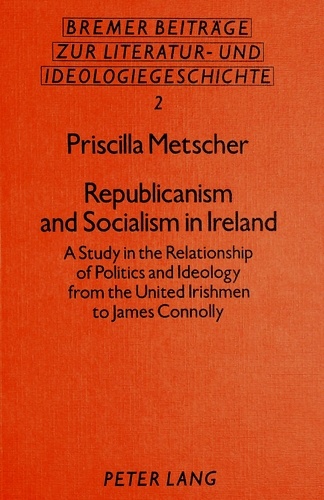
Histoire internationale
Republicanism and Socialism in Ireland
12/1986
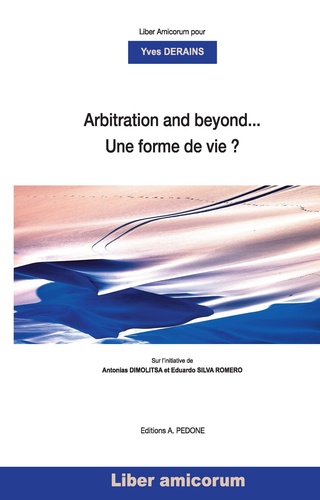
Arbitrage
Arbitration and beyond... Une forme de vie ? Liber Amicorum pour Yves Derains, Textes en français et anglais
07/2021

Sociologie
Communications N° 103 : Le formalisme russe cent ans après. Textes en français et anglais
11/2018

Sociologie
The Influence of Communication on Physiology and Health
04/2014
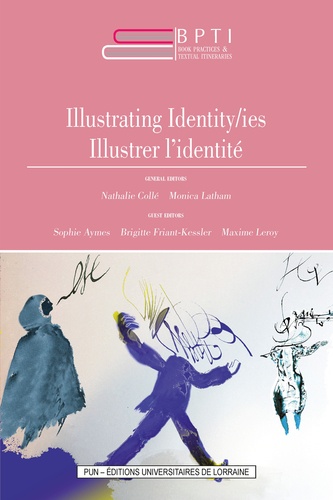
Critique littéraire
Illustrer l'identité. Textes en français et anglais
01/2021
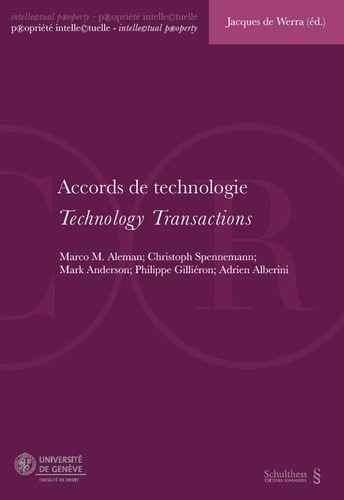
Droit
Accords de technologie. Textes en français et anglais
05/2019
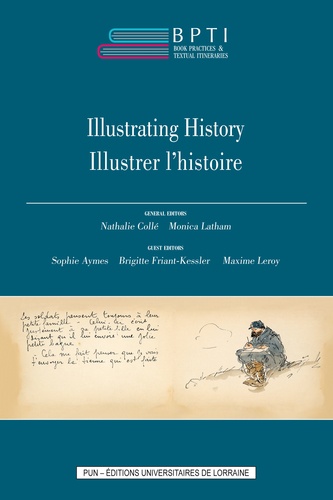
Critique littéraire
Illustrer l'Histoire. Textes en français et anglais
05/2019
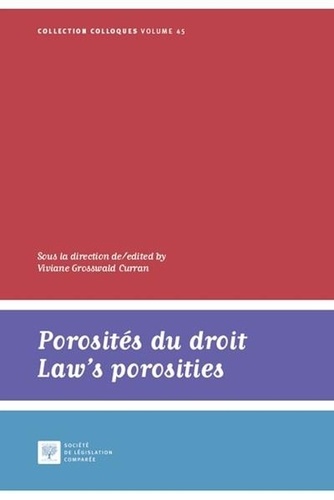
Droit
Porosités du droit. Textes en français et anglais
01/2021
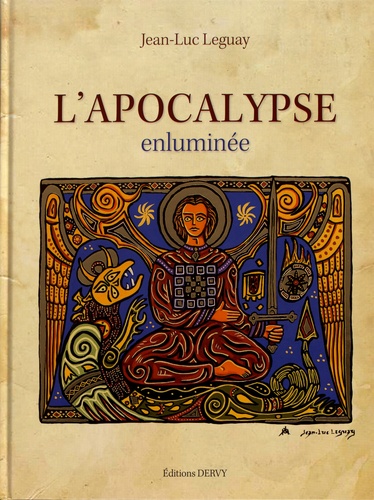
Religion
L'apocalypse enluminée. Textes en français et anglais
c'est donc en images que nous entrons dans le monde de Jung afin de pénétrer sa pensée. L'oeuvre jungienne est un feu d'artifice, un jaillissement éblouissant au cour de la nuit la plus noire de l'être. Attention, il y a danger mais aussi nécessité de la Lumière... Au fil des pages, nous cheminerons dans les méandres de la psyché, carnet de voyage psychologique et spirituel, afin de nommer la motivation qui pousse le héros à répondre à son appel d'accomplissement.
Il semble que Jung, plus que jamais, par sa pensée et sa capacité "visionnaire". nous interpelle dans l'exigence à Etre, à Naître à nous-mêmes dans cette quête du Sens. Il y a donc... urgence "de" Jung ! Quel est le moteur de cette audace quelque peu "transgressive" dans l'exposition de ces illustrations ? La conviction que Jung, Trickster de son état, doté d'un grand sens de l'humour, aurait apprécié et se serait réjoui de cette "facétie" en images mettant en lumière son génie et la puissance de son enseignement.
A chacun de puiser... au Sens !
11/2018
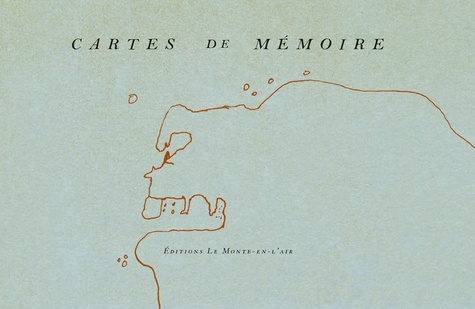
Décoration
Cartes de mémoire. Textes en français et anglais
10/2016
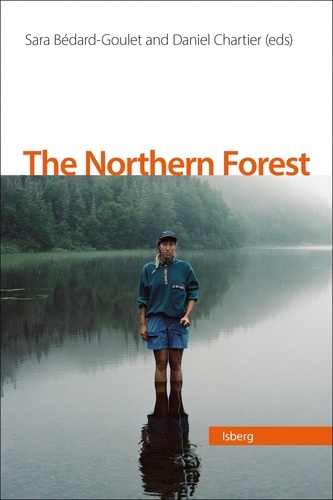
Sylviculture
La forêt nordique. Textes en français et anglais
02/2024

Non classé
Read Ancient African scripts from any current African language. Volume 2
05/2020
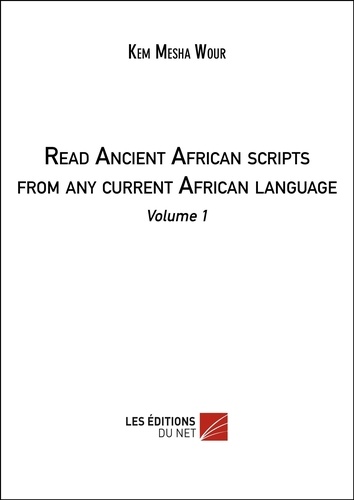
Non classé
Read Ancient African scripts from any current African language. Volume 1
05/2020
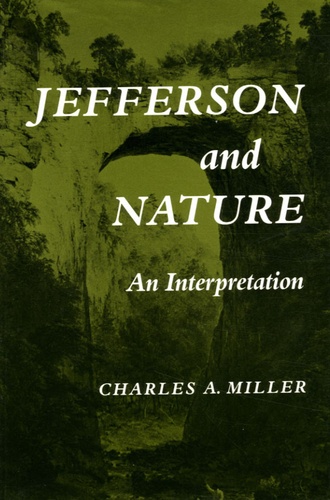
Anglais apprentissage
Jefferson and Nature. An Interpretation
01/1993

Yaoi/homosexualité masculine
Happy of the End
02/2022
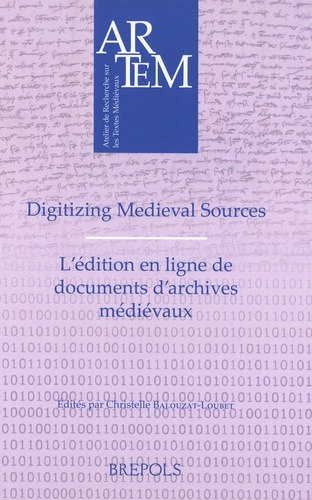
Critique littéraire
Digitizing Medieval Sources. L’édition en ligne de documents d’archives médiévaux, Textes en français et anglais
01/2019

Histoire de l'art
Paris Moderne, 1914-1945. Art - Design - Architecture - Photography - Literature - Cinema - Fashion
09/2023
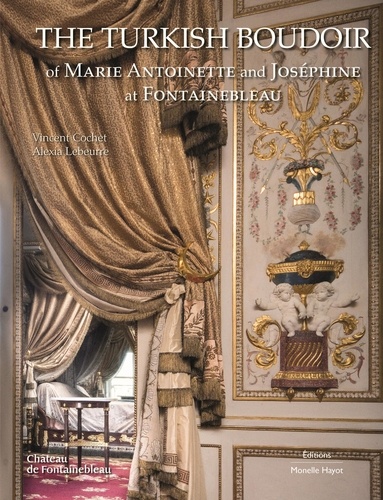
Architecture
The Turkish Boudoir of Marie Antoinette and Joséphine at Fontainebleau
03/2023
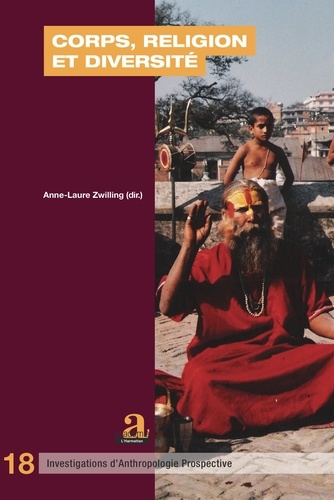
Ethnologie
Corps, religion et diversité. Textes en français et anglais
08/2019
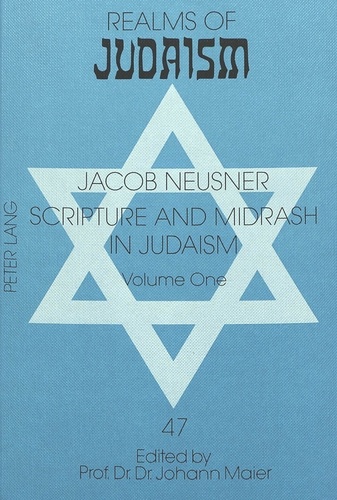
Sciences politiques
Scripture and Midrash in Judaism
03/1994
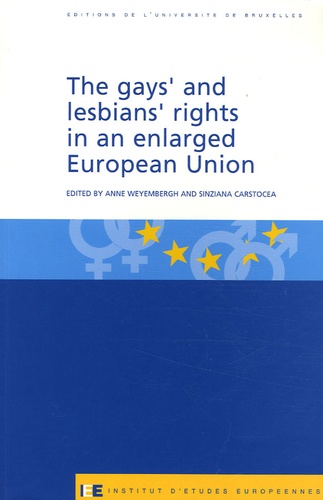
Droit
The gay's and lesbians's rights in an enlarged European Union
02/2006

Anglais apprentissage
Le vieil homme et la mer. The Old Man and the Sea, Edition bilingue français-anglais
01/2019
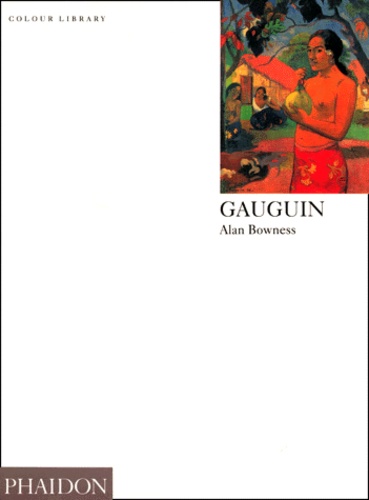
Beaux arts
Gauguin. Edition en langue anglaise
01/1991
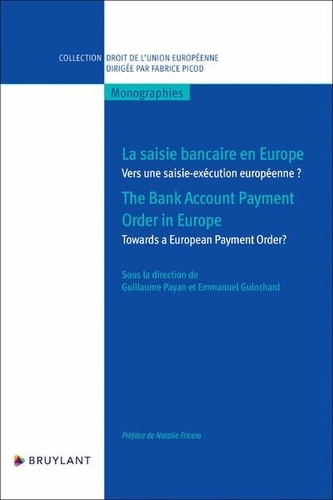
Droit communautaire
La saisie bancaire en Europe. Vers une saisie-exécution européenne ? Textes en français et anglais
11/2023
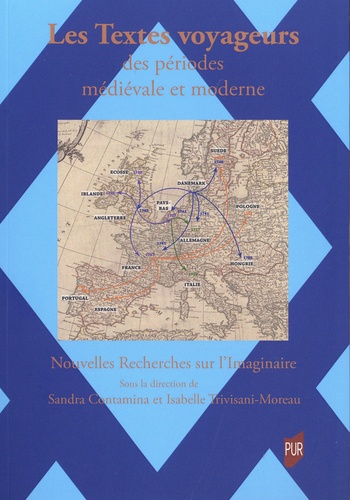
Histoire littéraire
Les textes voyageurs des périodes médiévale et moderne
07/2021

